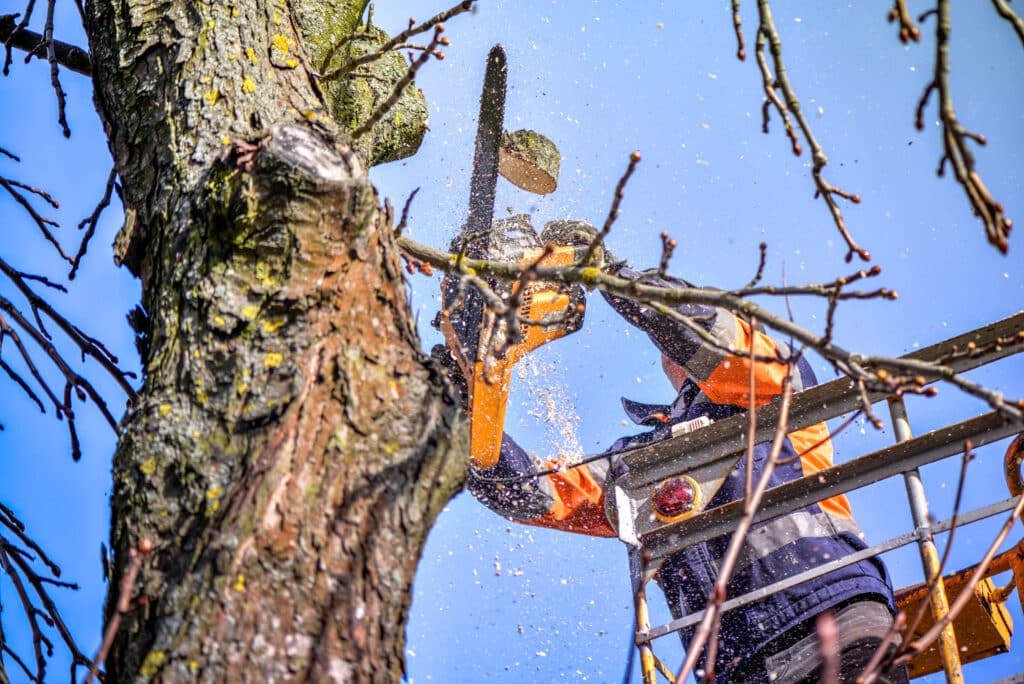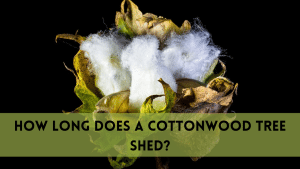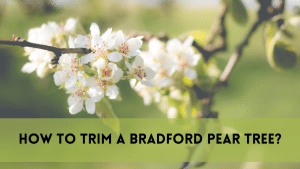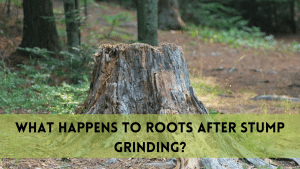There’s nothing like a beautiful, old tree out in the front yard to give a home character. Trees invite songbirds, provide shade in the summer, show off stunning foliage in the fall, and generally serve as longstanding companions to any home’s landscape. Yes, trees are wonderful. Until you need to get one removed, When nature releases her anger in the form of storms, homeowners are frequently left to cope with the aftermath, which might include fallen trees. In such cases, the question is whether homeowners insurance will come to the rescue and pay the price of tree removal. In this post, we’ll look at the complications of homeowner insurance recover trees from storms.
Trees that Have Fallen Due to Covered Perils
When a tree falls due to a covered risk, insurance is more likely to fund tree removal. Lightning strikes, windstorms, hail, and other extreme weather phenomena are common covered risks. For your insurance claim, you must detail the damage and the reason for the tree fall.
Storms may convert healthy, safe trees into ticking time bombs in an instant. Storms that are very powerful can even bypass the timer and throw trees right onto your home or other property.
There won’t be coverage for a tree that only suffered minor damage from a storm and didn’t completely fall. It falls to you to remove that tree before gravity or another storm finishes what the first storm started. If the storm did not completely uproot the tree and it did not land on or damage any of your property, its removal may also not be covered.
Does Homeowner Insurance Recover Trees from Storms?
Before we get into the specifics of tree removal insurance, it’s important to grasp the basics of home insurance. Homeowners insurance is intended to protect you from financial loss in the event that your property is damaged or destroyed due to a covered danger. Storms, lightning, wind, and other hazards may be present.
If a fallen tree or its branches cause damage to a covered building on your property, such as your house or garage, the insurance policy will most likely cover the cost of tree removal. The damage to structures, rather than the tree itself, is the major focus here.
Types of Trees Typically Covered by Homeowner Insurance
Native Plants
Homeowner insurance plans generally cover native plants. These are trees that grow naturally in your area and are well-suited to the climate. Oak, pine, maple, and birch trees are examples. Your homeowner insurance will most likely cover the costs of removal and cleanup if a storm destroys these trees on your property.
Ornamental Trees
Homeowner insurance frequently covers ornamental trees, such as magnolias, dogwoods, and cherry blossoms. Due to their beauty, your insurance policy will typically cover these trees in the event of storm damage.
Trees that bear fruit
You’re lucky if you have fruit-bearing trees in your yard, such as apple, pear, or peach trees. Homeowner insurance policies cover these trees because they are important assets. In the case of a storm, your insurance should cover the cost of removal and replacement.
Landscaping tree
Homeowners that have invested in landscaping frequently have a variety of trees, shrubs, and plants on their property. Many insurance plans cover these landscaping items, ensuring that you can rebuild your outside environment following a disaster.
Types of Trees Usually Not Covered
Trees that are not native or exotic
While most natural trees are protected, non-native or alien trees may not be. These trees are frequently unsuitable for the local climate, making them more risky in the eyes of insurers. Check your policy to see whether your exotic trees are protected.
Cosmetic Deterioration
Minor aesthetic damage to trees, such as broken branches or tiny fractures, may be excluded from homeowner insurance coverage. Insurance often focuses on major damage that threatens property or safety.
Damage Caused by Negligence
Your insurance may not cover the removal of damages if a tree falls due to a lack of basic upkeep. Regular tree care and maintenance is required to guarantee coverage in the event of a storm.
What to Do When a Storm Damages Your Trees
- After a storm, carefully examine the degree of tree damage. Document the devastation through images.
- Contact your homeowner’s insurance provider as soon as possible to report the damage and begin the claims procedure.
- It is best to speak with a trained arborist or tree removal specialist to assess the safety of damaged trees and make any required suggestions.
- Keep a safe distance from damaged trees until they can be properly examined and repaired to ensure the safety of your family and property.
- Keep track of any correspondence with your insurance company, arborists, and contractors engaged in the tree removal procedure.
FAQS
Does homeowner’s insurance cover fallen branches from trees after a storm?
Yes, homeowner insurance typically covers the removal of fallen branches from your trees after a storm, provided that the damage is significant and poses a risk to your property or safety.
Does homeowner’s insurance cover preventative tree removal?
No matter how dangerous the tree is, your home’s insurance coverage is unlikely to cover its removal. You are responsible for the costs of removing leaning, rotting, or otherwise unsafe trees.
Are non-native trees covered by homeowner insurance?
Non-native trees may not be covered by homeowner insurance, as they are often considered riskier due to their suitability for the local climate. Check your policy for specific details.
Does homeowner’s insurance cover damaged tree removal?
Regardless of how dangerous a broken tree is, your home’s insurance may not cover its removal if it hasn’t fallen and injured your covered property.
Conclusion
In times of storm-related tree damage, understanding your homeowner insurance coverage is crucial. The majority of regulations preserve native, decorative, fruit-bearing, and landscaping trees. However, it’s critical to understand any restrictions or exclusions in your insurance. Proper tree maintenance and timely reporting of damage are critical to a successful claims procedure.





